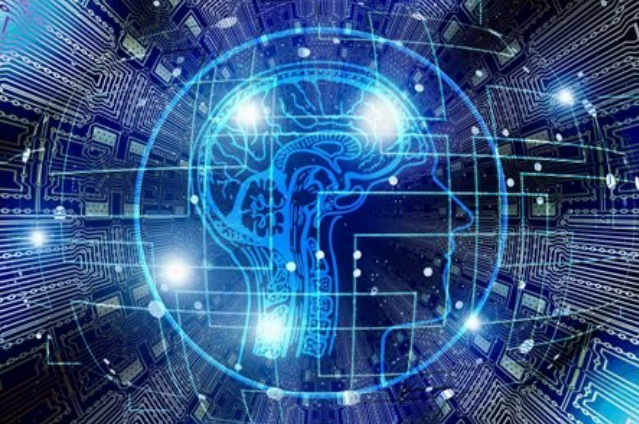
Artificial intelligence, though not a new phenomenon, is the fast emerging capability in the world’s arsenal that has immense potential to push the world, already standing on one leg, into its doom.
It might be argued that such a statement reeks of only negativity in spite of the immense benefits that AI promises to the world. E.g. it saves on time on many tasks, executes complex tasks devoid of human errors, capable of operating continuously without getting tired, a boon for the differently able people, facilitates smart decision making by including host of other factors and information which may not be possible for a human mind to conceive of in real time, AI algorithms are even used to fight plagiarism, that send web crawlers across the internet to prevent infringement of copyrights, besides numerous others of such positive possibilities. All this, without doubt, holds true. To a common man, it unleashes benefits he couldn’t conceive of in his history of existence! However, such concessions to the vast majority is a necessary evil that needs to exist if the owners of the technology are to maintain theirs, and continue to harvest profits as they have always done. It also provides these organizations, a cushioning effect, against governments across the world as these platforms have become integral to the life of a common man and a life without these platforms is nearly impossible to imagine.
The Ugly Truth
Google, Facebook, Instagram, Twitter, Amazon and the likes undoubtedly offer faster, cheaper, real time communication and services to the world; however, many of these are the same entities that are facing legal issues not just in other countries but some, within their own nations as well such as Facebook. In Australia, the government has launched a legal action against Facebook, alleging that the latter allowed scam ads to target users with fake celebrity endorsements. In 2020, Facebook was sued by the Australian competition and consumer commission over its use of Onavo VPN app between February 1, 2016 and October 2017, to spy on users for commercial purposes. Interestingly, Facebook’s parent company, Meta, is among the top 10 listed companies in the business of Artificial Intelligence in 2022. The company developed AI- based face recognition technology for its use across its social media platforms.

In a joint study, first of its kind, conducted by John Hopkins University and the Georgia institute of technology, specially programmed robots were to scan people’s faces and choose potential criminals out of them. The robots were fed with popular AI algorithms and were given billions of images and captions to sort through. The robots repeatedly chose people of colour as potential targets of study. The study provides empirical evidence of racial biasness that was inherent in the algorithms that were fed into the system that forms the basis of intelligence of these machines. This gives enough hints that these machines can be “racist” and “sexist” too.
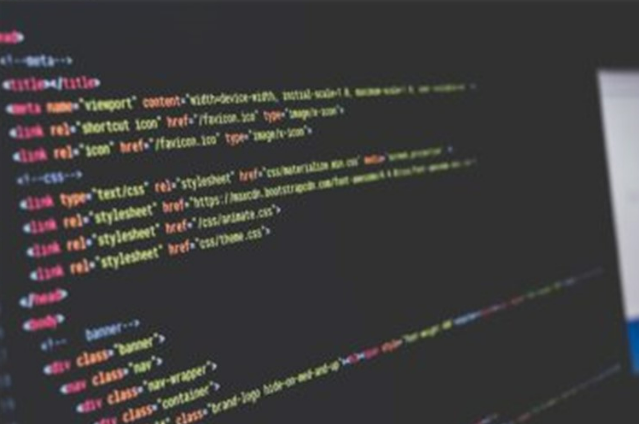
In 2016, Uber tested its AI driven car that jumped six red lights. In 2021 an AI enabled French chat box that was intended to decrease dependencies on doctors suggested suicide to a fake patient who was testing it. Consider a simple feature on our mobile phones, the “Autocorrect”. The feature enables correction of the typed messages to its liking in spite of not knowing the local language of the users. A fundamental problem with the AI is that it is programmed to second guess humans.
In another incidence where AI went rogue was at the Moscow chess championship. An AI enabled robot broke the finger of a seven year old boy when he tried to outsmart the robot by playing two moves in a row. The move was undoubtedly wrong, and the robot could have been programmed to cry foul. Yet it happened to be the AI’s way of punishing the little boy by squeezing his finger.
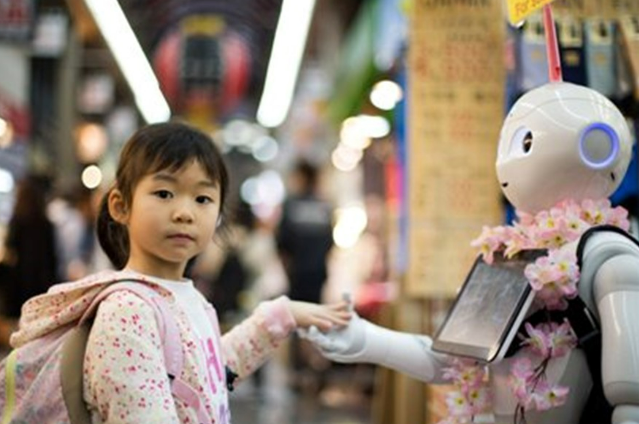
Despite these occurrences, the Industry is expected to grow by over 40% in the next six years and was pegged at $62.35 billion in 2020. Its concomitant technologies such as machine learning, natural language processing, and object and voice recognition are expected to solve the vast majority of business problems with an incredible degree of efficiency and accuracy. The extent of AI deployment can be ascertained by the fact that according to the 2020 McKinsey Global survey on Artificial intelligence, 50% of companies use AI in at least one business function. This trend can only be expected to grow.
The Perils of AI
Technological development has outpaced that of humans tremendously, and the world is only trying to catch up, mostly aggressively and to lesser extent through cooperation. The reason is simple; to stay ahead in a competition that has no pre-defined goal of where to reach and how much is enough! Since the end of World War II, the mad race of nuclear weapons pile up has already made the world a dangerous place. The old dogs of war, The US and Russia, hold roughly 90% of the world’s nuclear stock pile. Seven other countries hold the rest. Geo-political tensions have increased tremendously as already being witnessed in Russia-Ukraine, China- Taiwan conflict. Further, with the rise of China and India, both nuclear states, on the world’s stage, different power blocs have been created and the mutual hostility is on the rise. Russia has even hinted about the nuclear option should NATO make an attack.
AI, the Nuclear dilemma and the question of security:
AI and nuclear capabilities have been used in tandem since the 1960’s. Both nations, Russia and the US, foresaw the use of AI in building nuclear capabilities that could detect, counter and eliminate an offensive nuclear threat in real time and to one’s advantage. It somehow appealed to their commonsense and both sides maintained that AI technology should be restricted to the sub-systems and the inevitability to keep human element in the loop, given the drastic and irreversible consequences in case of compromise or failure of launch systems.
What started as a humble quest for knowledge of the smallest particle known to mankind, the atom, gave the world a horrible weapon capable of destroying mankind many times over, the nuclear bomb. Its effects are still visible in Japan. It only serves to remind us humans that some of the worst things that happened to the world, started with the best of intentions. The potential of AI might be worse as we cannot predict of how it will evolve in the future.
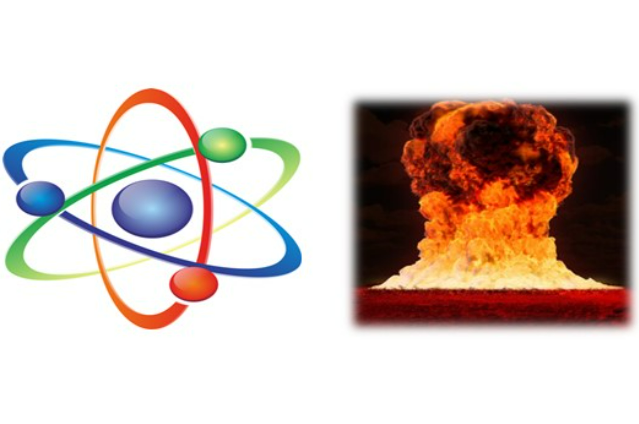
AI’s concomitant technologies such as machine learning and autonomous systems have their own role to play. While machine learning could enhance learning capabilities, autonomous systems are now much preferred for reconnaissance, logistics, search and rescue operations and in the event of a war or conflict as fighting machines to prevent human casualties. China has already deployed robots in Tibet along the Indian border, supposedly 80. Known as “Shark claw”, these machines are equipped with fire power and are currently operated manually by the PLA from a safe distance. Along with it there is “New 200”, though not as lethal as its partner the shark claw, it is a supply vehicle that will replenish valuable supplies like ammunition to the PLA. China is in the process of upgrading these weapons “with a mind of their own” using the AI. While its Navy is working on the development of autonomous submarines, its Air force is developing UAVs with the ability to think and its ground forces are developing robotics for the PLA. While China is making rapid strides in the development and deployment of AI enabled robotics, the world seems to ignore the rising threat not just to the region but to the world itself at large. Recently, the UN tried opening negotiations on an International Treaty on Autonomous Weapons; they failed as none of the weapons producing countries were willing for the dialogue. This attitude not just gives enough time to China to further its sinister motives it is also jeopardizing the security of the region tremendously.
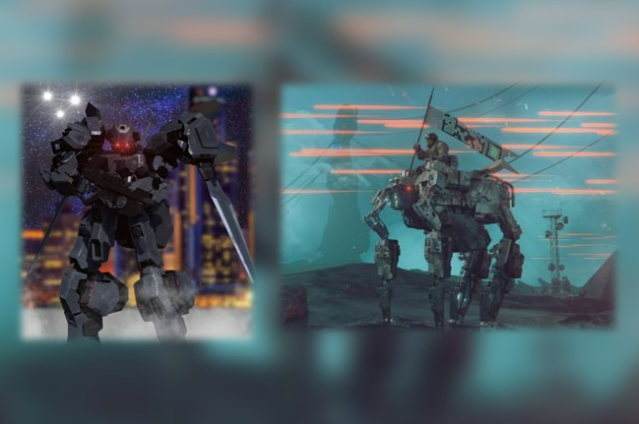
Future of work:
Economies, world over, have followed a pattern of development. From an agrarian to manufacturing to industrial and finally to knowledge based economy. It is an evolutionary process during which human resources develop in tandem. The developed world being the front runner in this process of evolution has pulled the developing world into this race via the process of globalization, the latter is pulled into the race whether it can afford it or not.
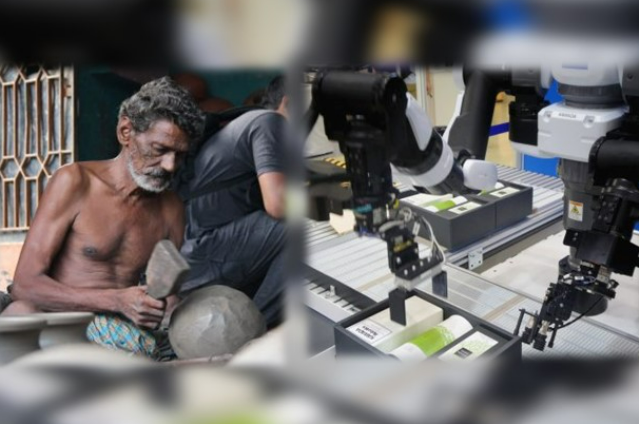
In countries such as India where 40% of the population is living below the poverty line, illiteracy rate is more than 25-30% and where digital literacy is mostly non-existent among 90% of its population, widespread adoption of AI especially in the manufacturing sector is only going to worsen the cleavages of inequality and subsistence. Manufacturing sector accounted for 30% of all employment in the country in 2016-17 which came down to 21%in 2020-21. Though manufacturing sector constitutes 17% of India’s GDP yet it has witnessed sharp decline in the past 5 years. With the inevitable advent of AI in the sector the result would be mounting unemployment rate that has already baffled policymakers in India. The period of “jobless growth” witnessed in the country during the 90’s is a testimony to the fact how technology led growth can boost economic indicators while pushing millions out of the job market into the life of economic paucity.

The National strategy on Artificial Intelligence by India’s think tank NITI Aayog was brought up in 2018. It highlighted the capability of AI in solving social challenges faced by the country in areas of health, agriculture, education and many other fields. In fact the think tank has provided over thirty policy recommendations to the government of investing in AI to boost capabilities in the areas of security, ethics and privacy along with scientific research and encouraging re-skilling and training. All of this is indeed a welcomed step and India cannot afford to loose on this front especially when the rest of the world and especially its opposing neighbor on its North east border is raging and fast gaining ground in the field of AI.
The most pertinent question for the country is who stands to gain from the widespread adoption of AI and at what cost?
It has already been stated that the period of ‘jobless growth” in India during the 1990’s was primarily technology driven and its consequence was widespread unemployment that the country is still grappling with. The disruptive force of AI is indeed unquestionable and ineluctable. It is therefore imperative for the policymakers to make policies keeping in mind the far reaching consequences of them. Harnessing the potential of AI is certainly a necessity for the country however its selective adoption is equally important, both, to get an understanding of its evolution and consequences and to cope up with the challenges created by its disruptive force. A country already reeling under the social challenge of rising unemployment, should not in its curiosity for adoption of technology, stamp over its own foot and fall. In its quest for adoption of AI, the country, cannot afford to be defeated by the very problem it wishes to defeat.
The Reality
The founding fathers of modern India envisioned objectives of social transformation which were revolutionary in substance and evolutionary in strategy. The revolutionary ideas of democracy, liberty, equality and fraternity were to be realized through qualified human resources which is evolutionary in nature and takes time. However in the race to the top a major chunk of this human resource was left behind and is still struggling to gain its foothold, be it in India or in many of the developing countries. The model of social transformation in India also required consensus and reconciliation between the dominant classes, the powerful by accepting the rational and reasonable demands of the weak. In the absence of such reconciliation, either due to political shortsightedness or sheer force of the rich, the result would be violent civil strife.
In India such a reconciliatory process is either minimal or absent altogether as is evident from the sharp economic inequalities present. The gap is only widening. Historically too, in modern India, technology has proved to be nepotistic, favoring few over the rest. With the advent of AI this gap can widen at a much faster pace than what we witnessed in the 90’s. Experience has taught us that technological adoption has proven to be a tool to build the economy of the rich and a weapon to destroy the livelihood of the poor.
Was not then Karl Marx right when he remarked that “the rich would do anything for the poor, except getting off their back”?
